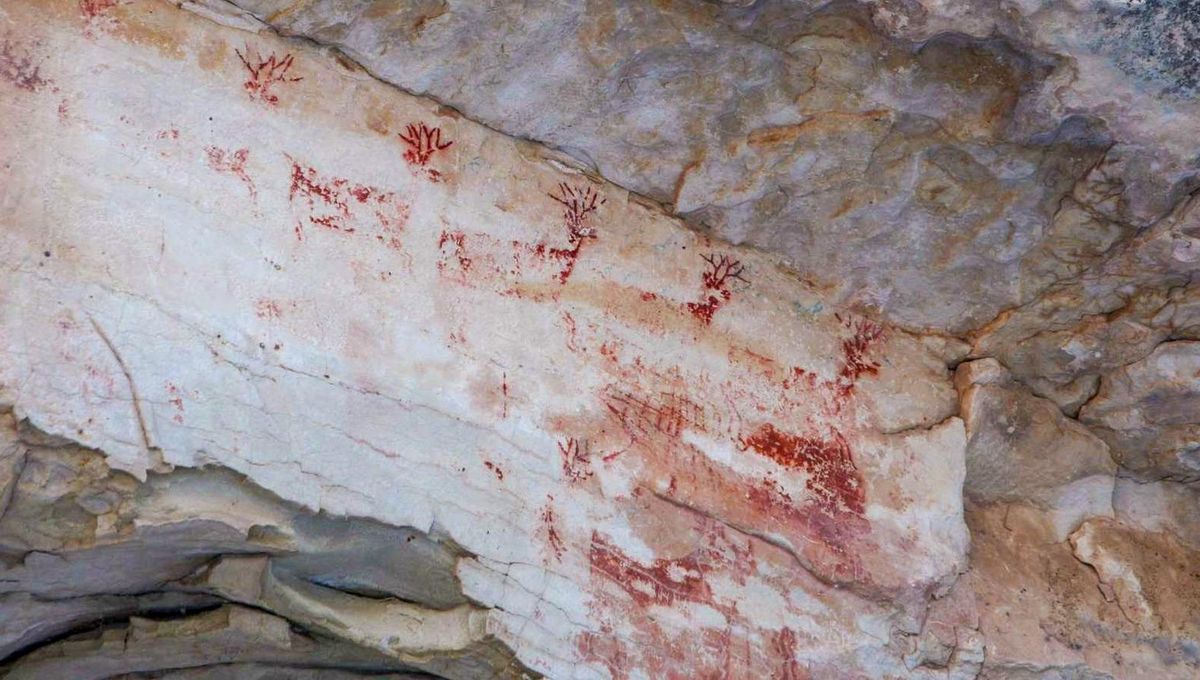
The Grand Canyon is a spectacular sight to behold in and of itself, but did you know the surrounding national park is also home to a wealth of prehistoric rock art? Don’t be disappointed if you didn’t – the exact whereabouts of the vast majority of it remains a closely guarded secret.
Take Shamans’ Gallery, a site that most people would never have heard of were it not for word-of-mouth and later, the Internet. First recorded in 1987 and named by American archaeologist Polly Schaafsma, it features a large panel of rock art paintings – called pictographs – depicting anthropomorphic characters, deer, birds, and other abstract features.
Its style has been described as Grand Canyon or Esplanade Polychrome, the latter after the distinctively red and tan bed of sandstone that forms the canyon and though it can be difficult to precisely date rock art, it’s estimated to date back to the Archaic period, which lasted from around 8500 BCE to roughly 2000-1000 BCE.
Shamans’ Gallery is also nowhere to be found on the National Park Service (NPS) website.
The only way we know about it is through Schaafsma’s descriptions and photographs of the gallery taken by those who’ve managed to find the site. In the latter of those cases, it’s become something of an unofficial rule to not share the exact location, out of respect for preserving and protecting the art.
Officials choosing to keep the location of thus far well-preserved ancient rock art so secret isn’t really a surprising choice given the behavior that some members of the general public visiting national parks display towards their surroundings.
On an episode of the podcast Everybody’s National Parks, NPS park ranger and archaeologist Russell Cash, who works at Zion National Park, describes how out of the over 150 panels of pictographs and petroglyphs in that region, the “overwhelming majority” are not accessible to and are kept secret from the public in order to protect the art.
The one site that is accessible, Cash describes as “the saddest thing that we have here in the park” because “there is more graffiti and vandalism on that rock than any other place in the park.”
Back in Grand Canyon National Park and the nearby Grand Canyon-Parashant National Monument, there are a couple of locations where the public is allowed to feast their eyes on early pictographs and petroglyphs – namely on the Bright Angel Trail and at Nampaweap – but visitors are urged to keep their distance due to similar issues of vandalism.
“Please don’t touch petroglyphs. When people touch petroglyphs, they leave a residue of body oil on the surface of the rock. Over time, the oil causes images to fade and history is lost,” says the NPS. “Remember petroglyphs by photographing or sketching them, not by making rubbings or tracings.”
Source Link: Ancient Rock Art Is Scattered Throughout The Grand Canyon – But You’ll Never Know Where